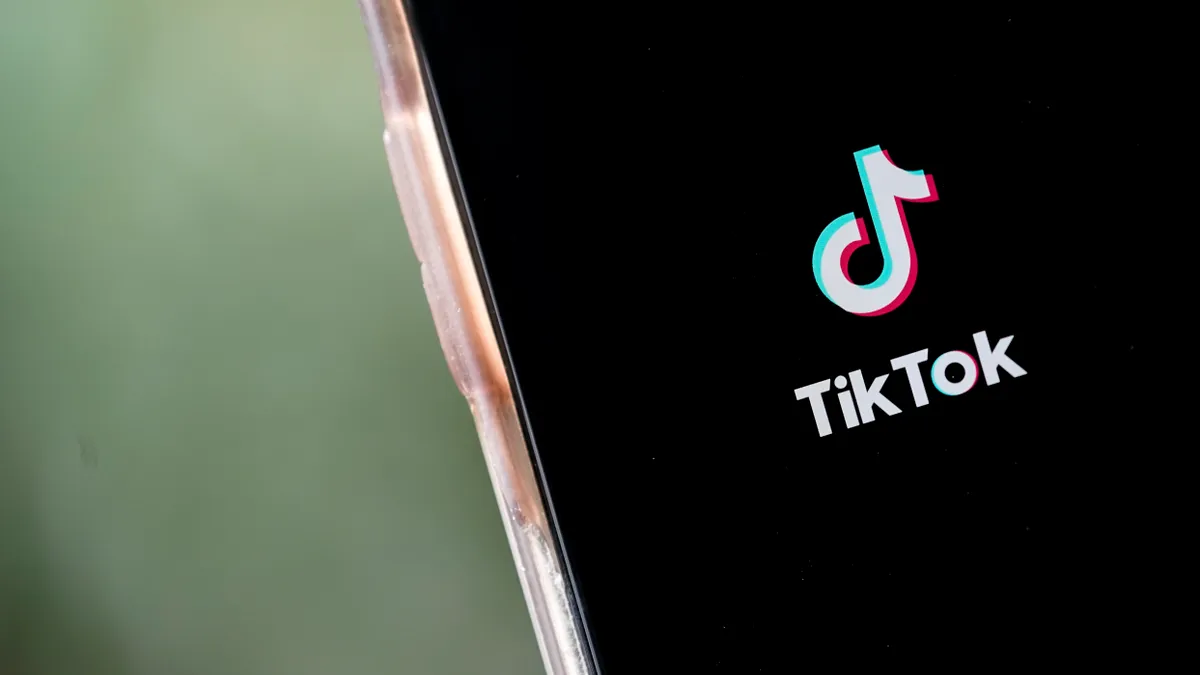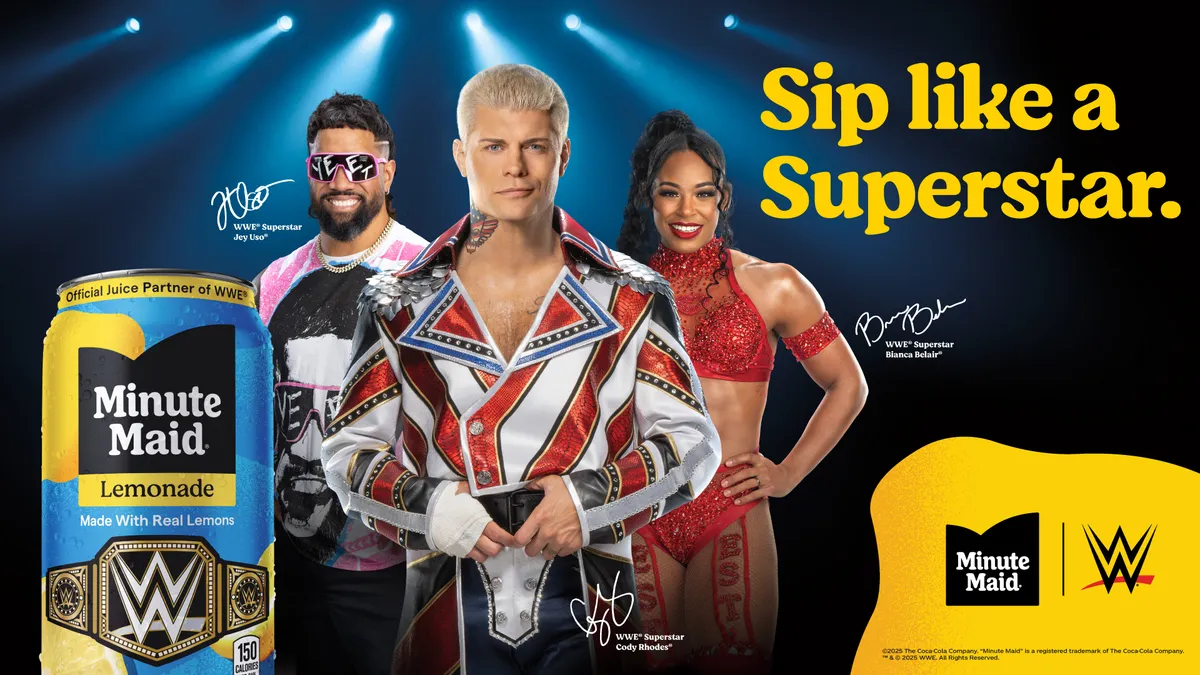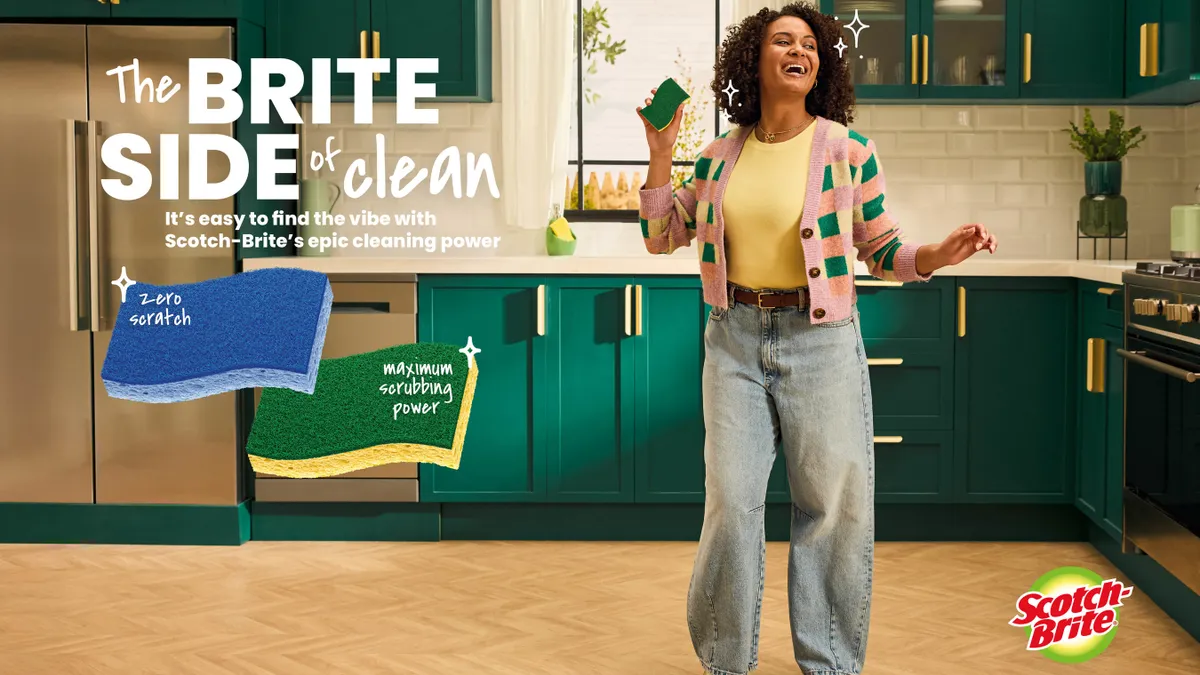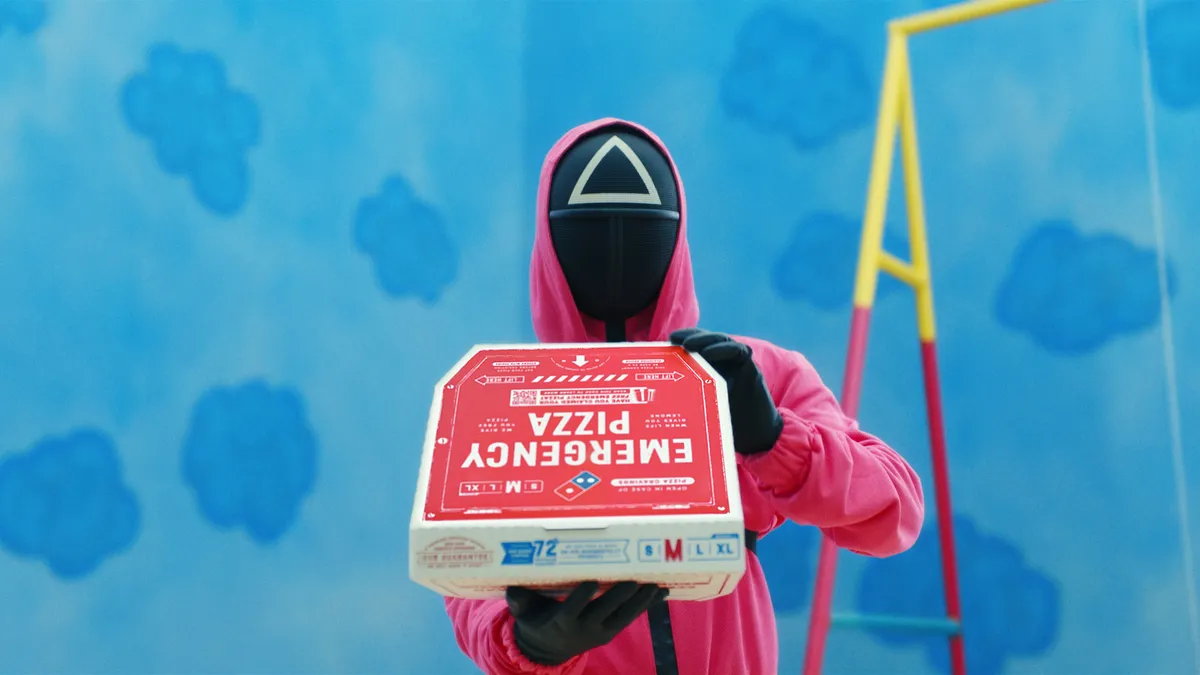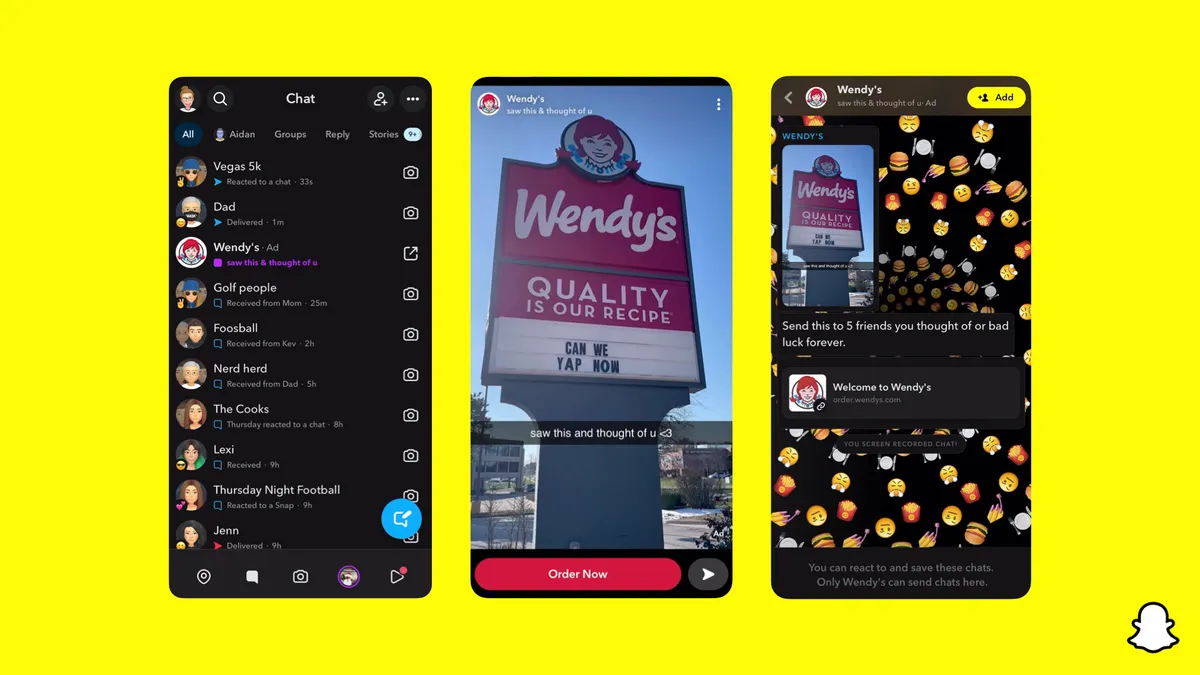The following is a guest post by Francisco Schmidberger, the co-founder of the Link Agency. Opinions are the authors' own.
If you're searching for the opportunity to bounce back from the pandemic and get your brand out there, social media is the name of the game.
Two social media giants have seen usage spike significantly. Instagram is a well-established platform we all know and love. It reaches 1 billion users monthly, bringing your brand a large audience and vast engagement opportunities.
TikTok is the cross-culture trendsetter and fastest-growing social media app, with a mind-blowing number of 689 million monthly active users. It creates a whole new perspective on "influencer marketing" and has brought an in-shop experience to the table, expanding the possibilities in the world of e-commerce.
No platform has seen such a meteoric growth in viewership quite like TikTok, winning over users with its engaging, uplifting and relatable content where anyone can become a star overnight — with or without followers. But for the sake of your growth and marketing success, you need to have a presence on both platforms to reach a wider audience.
Targeting Gen Z?
Think about where your audience is more likely to be. Is it with TikTok's naturally unpolished shots or Instagram's carefully crafted, slick content that has been perfected down to the last detail? Don't jump into creating an account without a strategy and sussing out your audience.
If you are looking to tap into a younger audience, TikTok is notoriously known to be associated with Gen Z and millennials. However, its users are aging up, with over 50% older than 30.
The biggest misconception is that TikTok's audience is not right for your brand, especially in the business-to-business (B2B) marketing world due to users being too young. Aren't the users mostly college students and recent grads? B2B businesses have a massive opportunity on TikTok that many competitors probably haven't tapped into yet. Even if your target demographic isn't currently Gen Z, it will likely be in the future.
If you leverage TikTok's benefits alongside Instagram, which still holds over 1 billion users, ensuring a holistic audience range, you are in for a treat. Take the budget European airline Ryanair, for example, with 1.5 million followers on TikTok alongside a whopping 794,000 on Instagram (as of January 2022).
The airline use humor to increase engagement and brand presence. Whereas some brands on TikTok go all-out with impressive videography and seamless editing, Ryanair's minimalist approach following TikTok trends is arguably more effective.
Looking for brand awareness?
If you are looking for brand awareness and visibility, TikTok may be the best way to generate organic impressions due to the nature of the platform. We, as businesses, have become so caught up trying to maximize reach by growing a huge following, but TikTok offers an alternative — its algorithm rewards content above everything else.
On Instagram there is no single algorithmic rule that explains how users explore content. But through using Feed, Explore or Reels, Instagram creates a pipeline of algorithms based on interaction patterns like comments, likes, shares and video views. Instead, TikTok's "For You" feed is based on three different factors: user interactions, video information and device account settings.
Let's take a look at influencers' cost per 1000 impressions (CPM) results. Combined cost of Facebook's and Instagram's CPM is four times higher than TikTok. This shows how TikTok delivers more impressions than the other two social media platforms.
Therefore, on TikTok, you don't need to build a large follower network to get noticed. If you are a small startup, the potential of going viral without many resources is much higher on TikTok than on Instagram, where building a follower base is a slower process. Plus, content that goes viral on TikTok can easily be migrated onto other platforms too.
Business-to-consumer (B2C) brands have quickly jumped aboard to create viral content, and it is looking like a great tool for B2B marketers as well. Recent studies show that B2C and B2B buyers are both just humans, and their purchasing decisions aren't as logically driven as we might have believed. In fact, B2B marketers bottling up their emotional side, which is bound to come out over TikTok, is actually hurting long-term success.
Want to work with content creators?
At the end of 2020, 96% of all brand campaigns across social media included Instagram influencers, compared to the 6.8% that included TikTok influencers. Influencer talent is still so clearly ingrained in Instagram, which means there is white space to work with TikTok influencers.
If you are looking to build brand reputation, you want to fill your content with people who are thought leaders in the influencer space, most of whom are on Instagram. But partnering with TikTok creators is still vital for product launches in order to to engage interested followers and create a community around your brand.
TikTok comes in particularly handy for user-generated content. Beyond brand building, the question for many companies is: Is there a revenue opportunity? And the popular #TikTokMadeMeBuyIt proves there is. It currently has 1.9 billion views and features various trending purchased products by consumers (not necessarily influencers), from Walmart sneakers to the renowned "TikTok" leggings.
Trying to build a community around your brand?
Viewers in the U.S. spend on average 32 minutes per day on TikTok, overtaking Instagram by three minutes in daily viewing duration.
This is a key social media metric. Across the board, from macro to microinfluencers, the engagement rate is far higher on TikTok. This is possibly due to the high popularity of user-generated content, which allows for community engagement like no other platform. In addition to that, TikTok has features such as stitches, duets and reply to a comment with a video that allow for brands to further engage with their customers.
TikTok is all about bite-sized, entertaining video content. Instagram, on the other hand, is still recognized for more static content. But IGTV videos appear four times more frequently on Instagram's Explore than photos. So, adding videos to your content strategy for both TikTok and Instagram can boost profile visits and build a community. Remember, Instagram and YouTube content replicated over TikTok often doesn't perform well, but TikTok content being reused on Instagram Reels does.
Even though creating a video might sound time-consuming, you shouldn't miss out on the opportunities that interactive content can offer you. Simple clips that include helpful tips will achieve your desired engagement rates. TikTok gives you the chance to leverage trends and entertain your audience while educating them about new products. For example, Johnny Valentine made this short video about a crypto wallet.
If you saw success in your initial TikTok efforts, double down on it. If something goes viral, there's a reason. Try to produce different versions of the same video and learn by trial and error.
Overall, Instagram is a much more mature platform than TikTok. This opens up opportunities for new entrant brands to thrive on the latter. As TikTok follows suit, these opportunities will likely decrease, so you should get started on TikTok as soon as possible. The success of TikTok doesn’t mean the end of Instagram. It is creating a competitive environment and forcing businesses to think about how to cater to influencers and audiences across all social media platforms.


